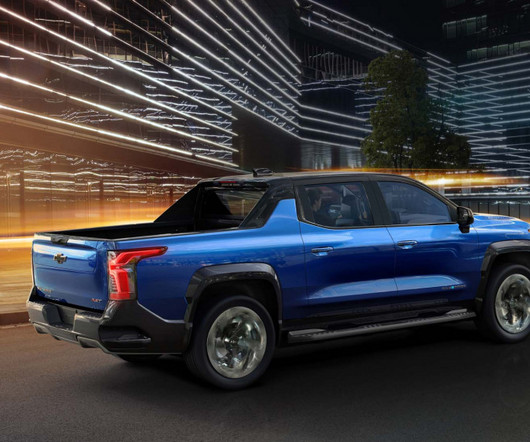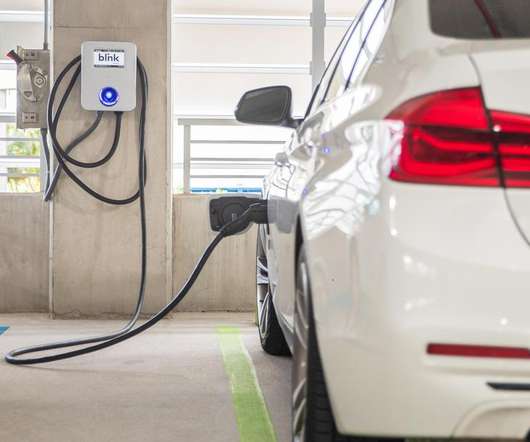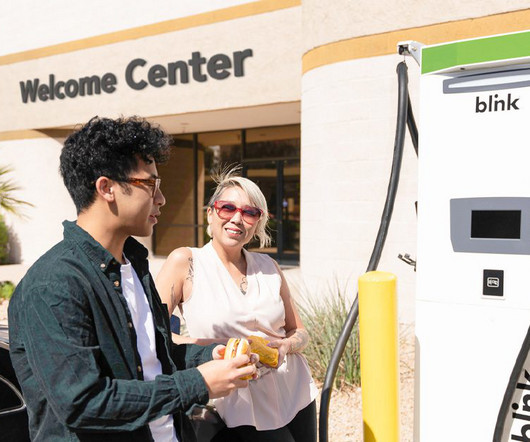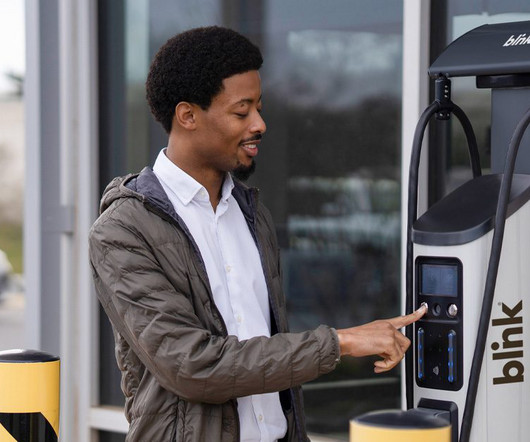Taycan review, Equinox EV deal, R1T top safety, 70-mile PHEVs: The Week in Reverse
Baua Electric
APRIL 7, 2024
Nissan Surf-Out concept Within last week’s 2030 plan presented by Nissan, emphasizing more affordable EVs , the automaker said that it will pair with Mitsubishi for the joint development of a Nissan Frontier pickup replacement in EV and PHEV forms. 2024 Rivian R1T Could the safest pickup be fully electric? 2024 Tesla Model Y.












Let's personalize your content